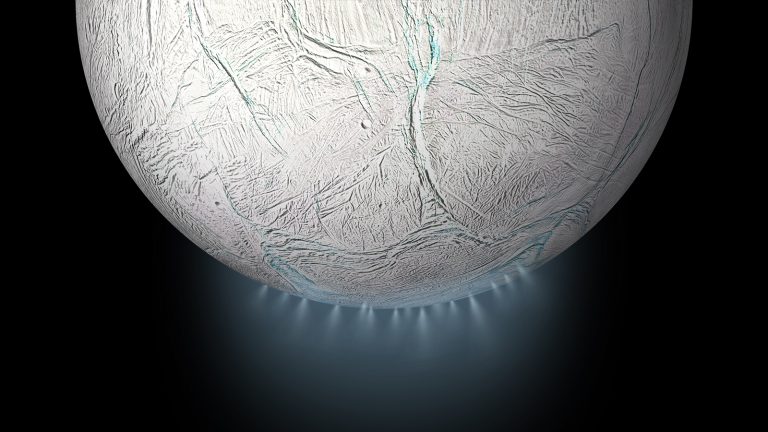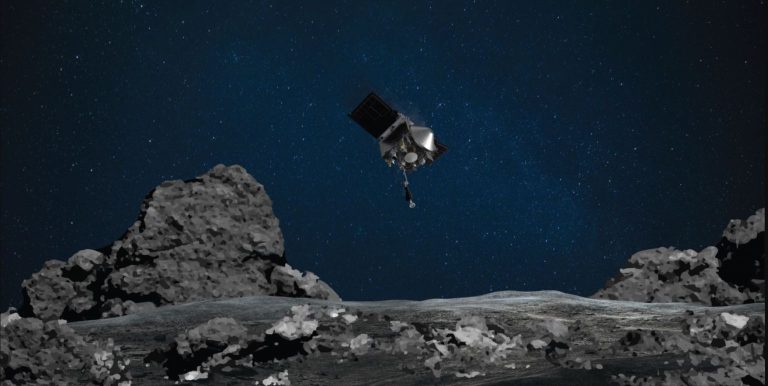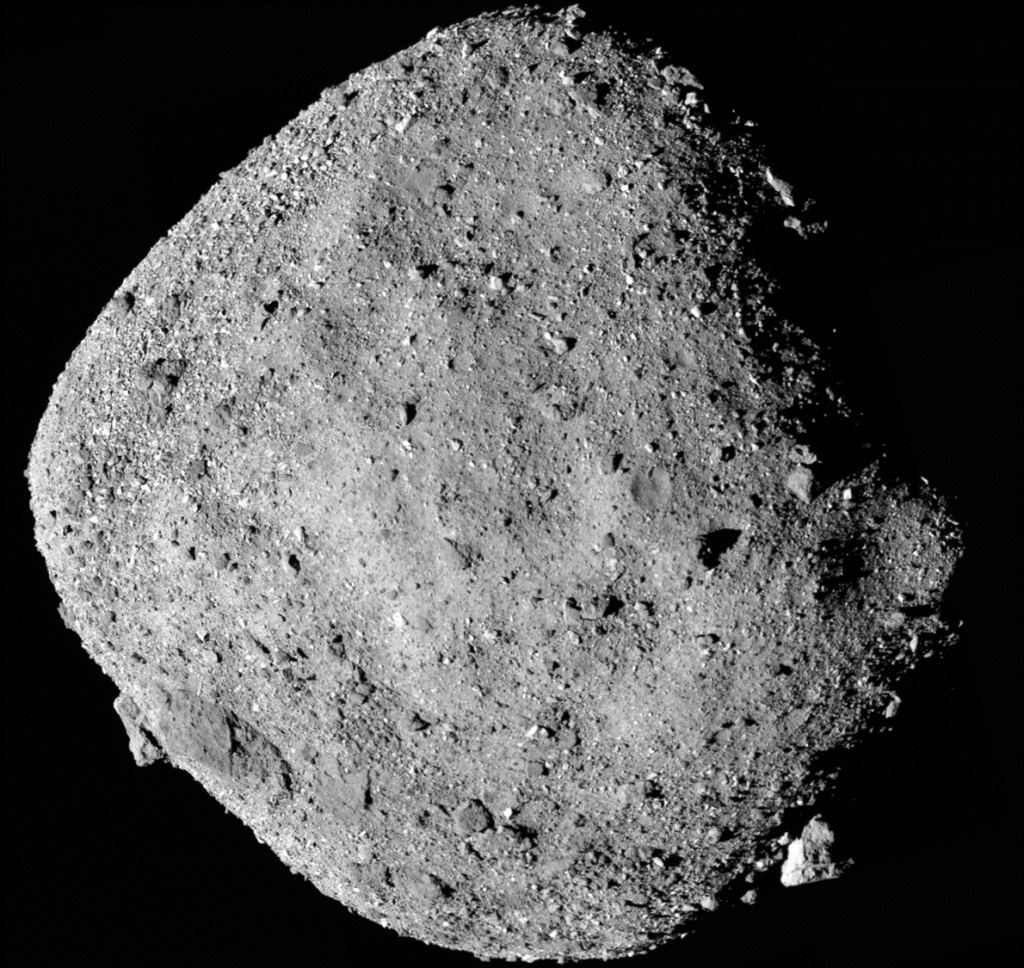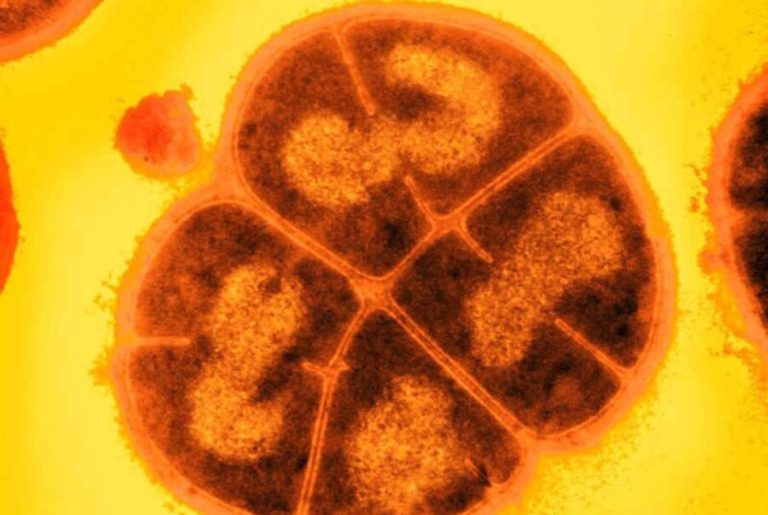Beyond Saturn: Using HIFI to Unlock Secrets Hidden in Enceladus’ Icy Plumes
The High Ice Flux Instrument (HIFI) is a newly proposed tool designed to analyze the icy plumes of Saturn’s moon, Enceladus. Building upon the discoveries made by NASA’s Cassini spacecraft, HIFI aims to detect minute quantities of biomarkers, such as amino acids and fatty acids, which are essential indicators of potential life. With a mass resolution significantly higher than its predecessors, HIFI represents a significant advancement in the search for extraterrestrial life within our solar system.Wikipedia
Summary
- Introduction to Enceladus’ Plumes: Enceladus, one of Saturn’s moons, emits geyser-like plumes from its south pole, hinting at a subsurface ocean.Wikipedia
- Cassini’s Discoveries: NASA’s Cassini spacecraft identified these plumes and provided initial data on their composition.
- Limitations of Previous Instruments: Cassini’s Cosmic Dust Analyzer (CDA) had a mass resolution of 20, limiting its ability to detect complex organic molecules.
- Introduction of HIFI: The High Ice Flux Instrument (HIFI) is designed with a mass resolution of about 1500, enabling the detection of tiny amounts of biomarkers.
- Design Features of HIFI: HIFI features a smaller sensitive area to handle high impact rates during Enceladus flybys, preventing overlapping measurements.
- Scientific Goals: HIFI aims to identify biomarkers like amino acids and fatty acids in the plume particles, which are crucial for understanding the potential for life.
- Comparison with Other Instruments: Unlike previous instruments, HIFI’s high mass resolution allows for detailed analysis of complex organic molecules.
- Future Missions: Plans are underway to test HIFI with ice particles and propose its inclusion in future missions to ocean worlds like Enceladus.
- Potential Discoveries: Detecting a variety of amino and fatty acids could indicate biological processes occurring in Enceladus’ subsurface ocean.
- Conclusion: HIFI represents a significant advancement in our ability to analyze extraterrestrial environments and search for signs of life beyond Earth.
Introduction to Enceladus’ Plumes
Enceladus, a mid-sized moon of Saturn, has captivated scientists with its dramatic geysers ejecting water ice and vapor from the south polar region. These plumes suggest the presence of a subsurface ocean beneath the moon’s icy crust, making Enceladus a prime candidate in the search for extraterrestrial life. Astronomy Magazine+2NASA Science+2Wikipedia+2NASA
Cassini’s Discoveries
NASA’s Cassini spacecraft, during its mission around Saturn, provided the first detailed observations of Enceladus’ plumes. Cassini’s instruments detected water vapor, ice particles, and organic compounds in the plumes, indicating complex chemical processes occurring beneath the surface. Wikipedia
Limitations of Previous Instruments
While groundbreaking, Cassini’s Cosmic Dust Analyzer (CDA) had a mass resolution of only 20. This limitation restricted its ability to identify sophisticated organic molecules that could be indicative of biological processes.
Introduction of HIFI
Enter the High Ice Flux Instrument (HIFI), a next-generation reflectron-type impact mass spectrometer designed specifically for analyzing the icy plumes of Enceladus. With a mass resolution of approximately 1500, HIFI can detect and identify tiny amounts of biomarkers, such as amino acids and fatty acids, within the plume particles. Scilit+1USRA Houston+1
Design Features of HIFI
HIFI’s design includes a smaller sensitive area compared to previous instruments, allowing it to handle the high impact rates encountered during Enceladus flybys without overlapping measurements. This feature is crucial for obtaining accurate data from the dense plumes.
Scientific Goals
The primary objective of HIFI is to identify and quantify biomarkers within Enceladus’ plumes. Detecting specific amino acids and fatty acids can provide insights into the moon’s potential to support life and enhance our understanding of the chemical processes occurring in its subsurface ocean.
Comparison with Other Instruments
Other instruments, such as NASA’s Submillimeter Enceladus Life Fundamentals Instrument (SELFI), are also being developed to study Enceladus’ plumes. SELFI aims to measure traces of chemicals in the plumes, providing complementary data to HIFI’s mass spectrometry analysis. NASA
Future Missions
The development team plans to conduct performance tests of HIFI using ice particles to simulate conditions encountered during Enceladus flybys. Pending successful results, proposals will be submitted to include HIFI in the payload of future missions targeting ocean worlds like Enceladus. Universe Today
Potential Discoveries
By analyzing the composition of Enceladus’ plumes, HIFI could detect a variety of amino and fatty acids. The ratios of these compounds may reveal whether they originate from biological activities, offering tantalizing evidence of potential life forms beneath the moon’s icy surface.
Conclusion
The High Ice Flux Instrument represents a significant advancement in our quest to explore and understand the potential for life beyond Earth. By building upon the foundation laid by Cassini, HIFI aims to unlock the secrets hidden within Enceladus’ icy plumes, bringing us closer to answering the profound question of whether we are alone in the universe.









